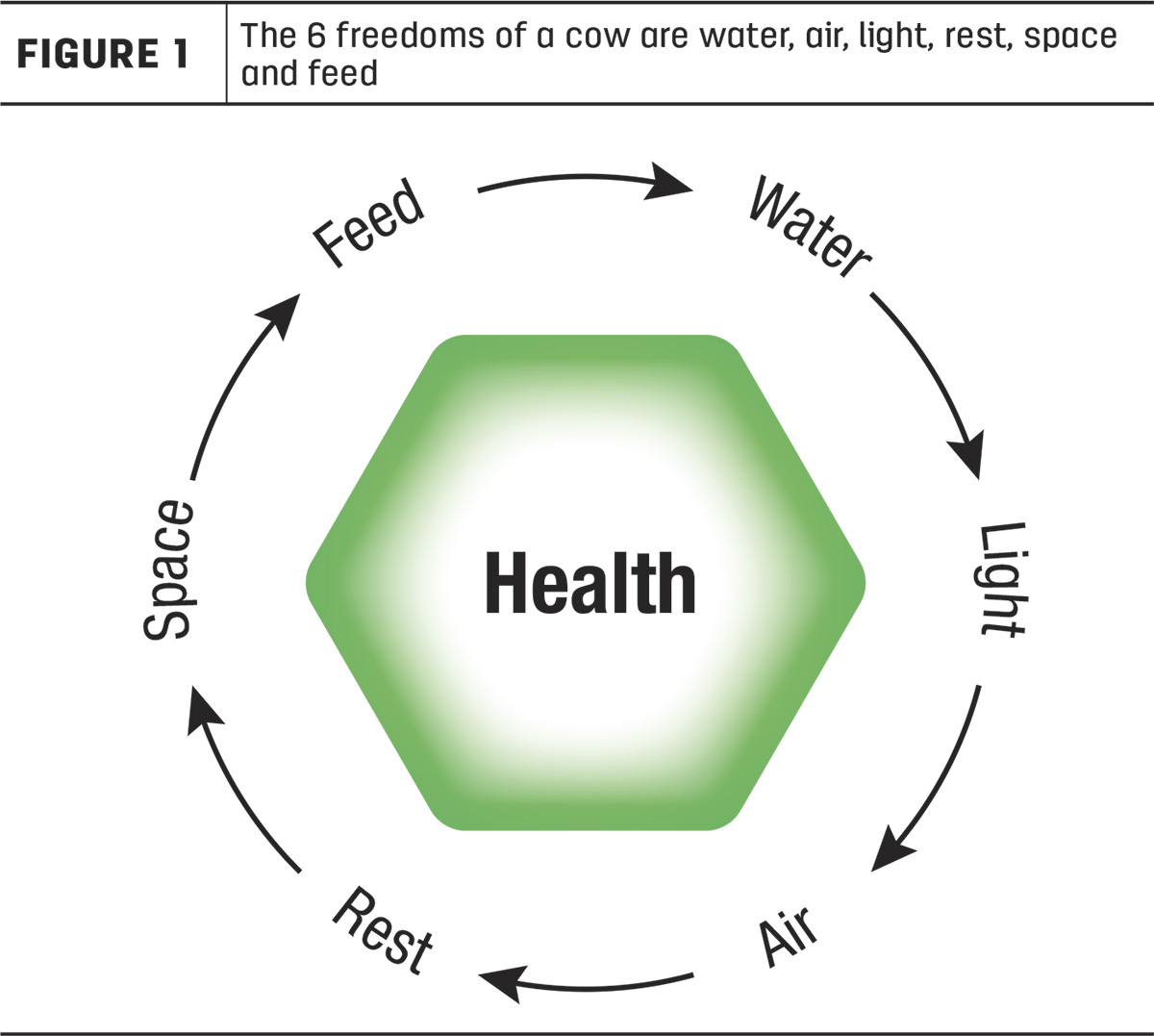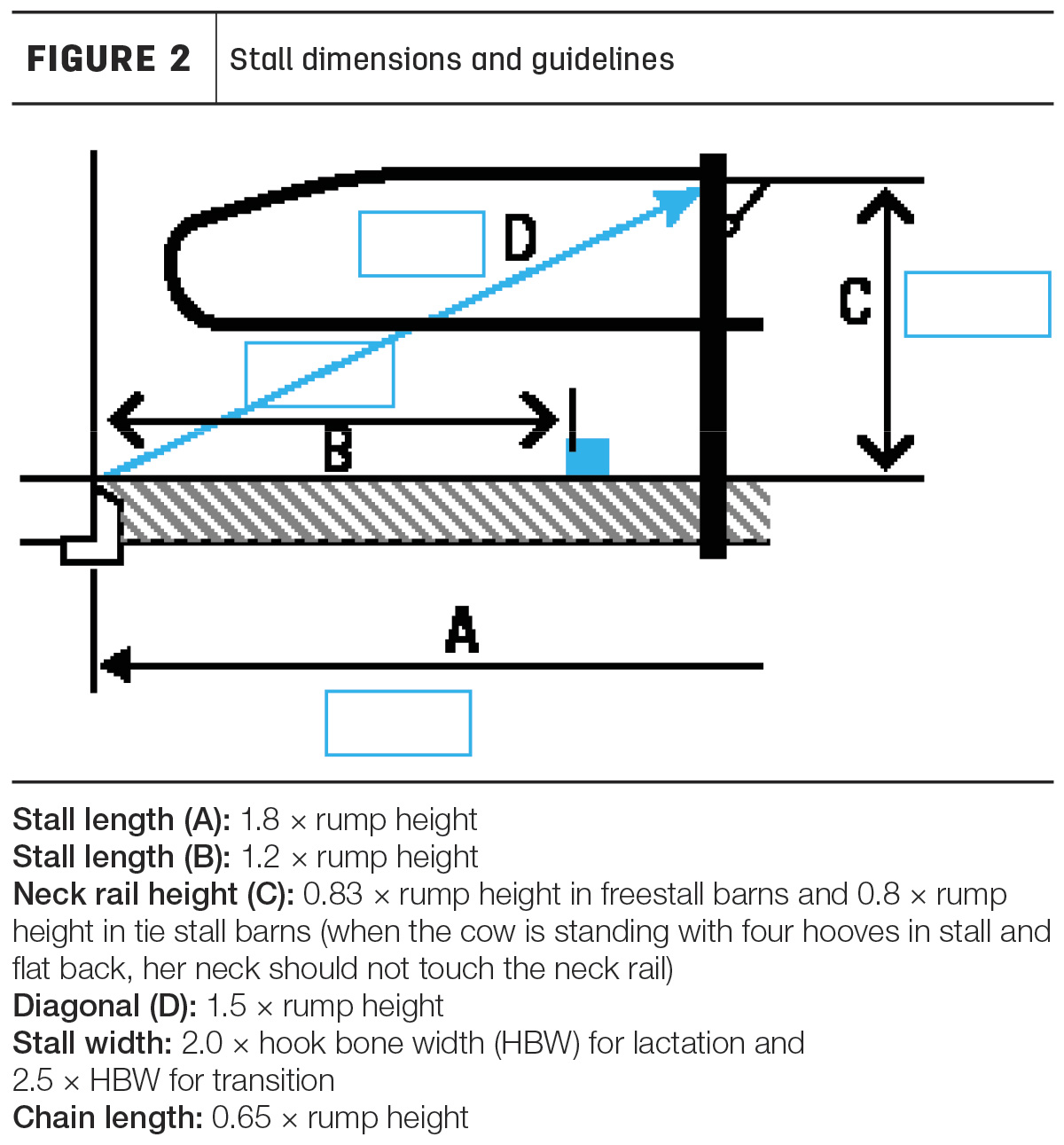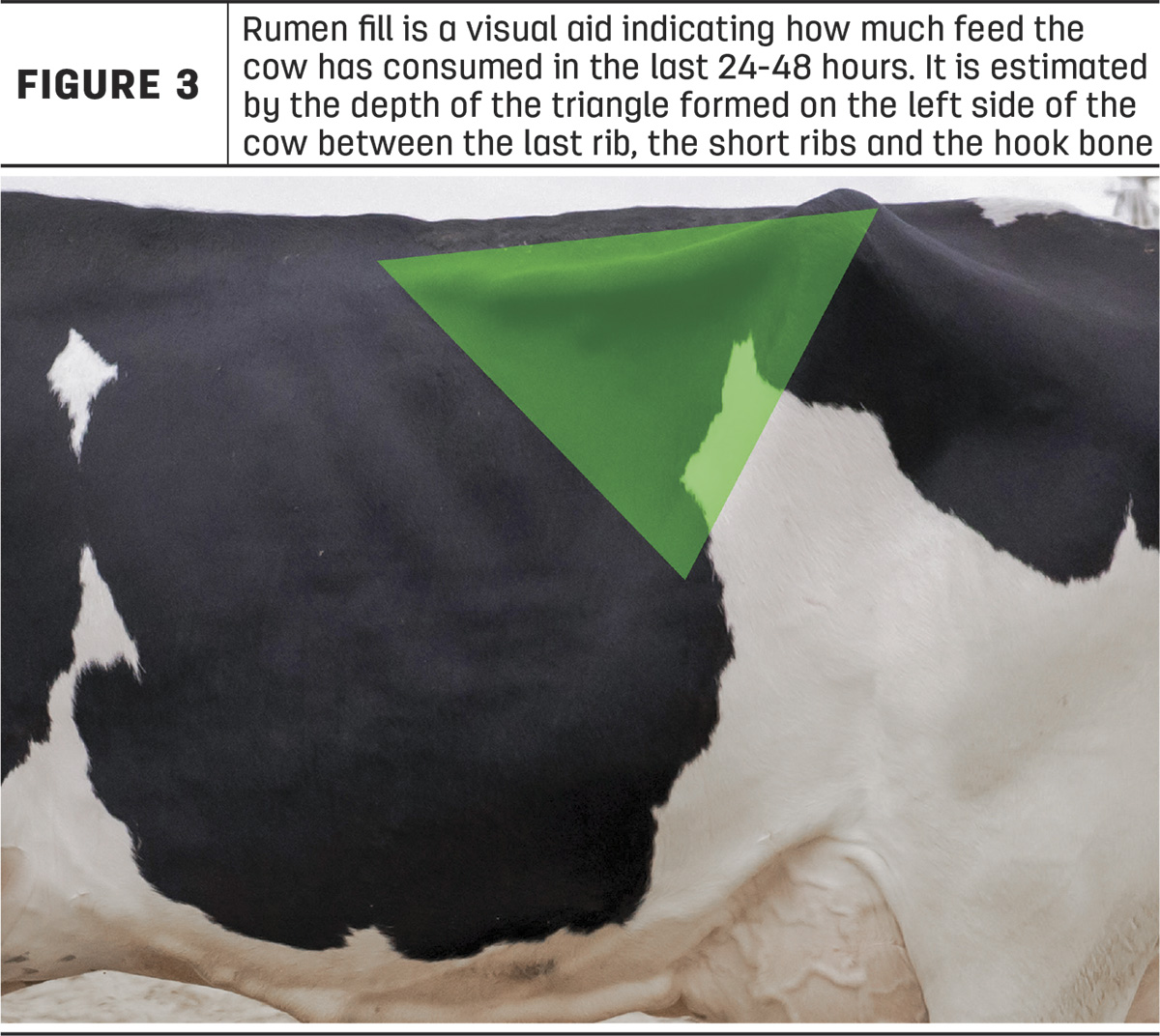The six freedoms of a cow outlined by a dairy farming training organization are space, rest, water, air, light and feed. These freedoms have aligned benchmarking goals to help producers realize higher returns on current and future farm investments.
In the U.S., a dairy cow on average stays in the herd for 2.8 lactations. This means many cows are culled before they reach their highest and most productive lactation, typically achieved during the fifth or sixth lactation. Reasons for culling include reproduction, mobility and illness. Also bringing down the average is a longer-term trend for promoting genetic superiority, which involved incorporating younger animals into herds faster. Slowing this trend down are higher rearing costs for replacements and economics.
According to the University of Maryland Extension, the 2021 estimated total cost associated with raising a heifer from birth to first calving is in the range of $1,800 to $2,400 per animal.
It takes an average of two full lactations for a replacement to pay off rearing cost. How can we achieve more lactations, say doubling the current average to five? The guide for promoting a cow’s six freedoms – space, rest, water, air, light and feed – gives us a place to start (Figure 1).

Space
Inspecting barns and cow flow is best done with a tape measure and a second pair of eyes. Compare your measurements with the recommended stall dimensions in Figure 2 and note areas of shiny metal. Shiny metal is a telltale sign of misadjusted or non-ergonomic stalls, showing areas where cows are rubbing while trying to stand or lie down.

Also, a fresh set of eyes may notice something that someone accustomed to the facilities does not. Sometimes simple changes like removing a gate so cows don’t bunch or moving a neck rail a few inches can benefit animal well-being and cow comfort.
Rest
We can’t talk about rest without talking about bedding. I often ask producers to do the knee drop test, which requires bending your knees halfway down and then dropping to your knees over the stall's bedding. This mimics how a cow lies down. She will bend down about half her height, to the point where her muscles can’t retain her weight, and then she drops. If it's too abrasive or hard on impact, then it’s not comfortable enough for cows and can discourage resting.
Goal
- 9 to 14 hours of rest
ROI – Every additional hour after nine hours (up to 14 hours) that a cow is lying down correlates to an extra 2 pounds of milk.
Water
Water can often be a forgotten culprit for herd health issues. Taking the opportunity to regularly test and manage drinking water is a proactive approach to supporting animal health. Also, a daily scrub is recommended and often necessary. Simply put, when a cow lowers her water intake, she lowers her dry matter intake (DMI) and produces less milk.
Goals
- 3.5 inches per cow of linear space of waterer
- 4 gallons per minute flowing for refilling
- 7 inches for water depth
ROI – Reducing water space by 40% can be associated with up to a 16% drop in milk production. For reference, that is equal to having 2.1 inches per cow or less of linear space, or 2.4 gallons per minute or less for flow. Avoiding this and providing the optimal amount of water encourages DMI and, in turn, positively impacts milk production.
Light
Light is a biological indicator, and research shows with more light cows will eat more, be more reproductively active and produce more milk. Having lights automated on a timer is an efficient way to manage this, as well as using a light meter app on phones to measure lux amount – a standardized unit of measurement of light level intensity.
Goals
- 6 to 8 hours at 200 lux for transition animals
- 16 to 18 hours at 200 lux for lactating cows
ROI – Light positively affects the hormone growth factor (IGF-1), which increases milk production by 8% to 10% and promotes added DMI. Both the IGF-1 and added intake can positively influence reproduction.
Air
Proper air movement is crucial for several things like cooling cows, fresh air for breathing and fly control. Good air management involves placing fans correctly along with scheduled cleanings so they can move air as intended. Past research measuring wind speed found that a dirty fan can lose up to 40% of its efficiency.
Goals
- Create a 5 mph wind
- Fan spacing at 10 times diameter or 2 times diameter for a high-volume low-speed (HVLS) fan
- Angle fans at a 20- to 25-degree angle
ROI – Proper air flow mitigates challenges such as lower DMI and milk production, which can result from a high thermal heat index and a higher respiratory rate in cows caused by limited ventilation. Additionally, it may prevent a 15% to 30% loss in milk production caused by high populations of stable flies.
Feed
Feed is handled multiple times between storage and cow consumption, giving us multiple opportunities to capture more ROI. Areas for review may include storage, feed preparation, delivery, push-up and rumen fill scoring. Rumen fill is a visual aid indicating how much feed the cow has consumed in the last 24 to 48 hours. It is estimated by the depth of the triangle formed on the left side of the cow between the last rib, the short ribs and the hook bone, shown in Figure 3. Improvements to feed management can promote rumen health and benefit milk and component production.

Goals
- Fresh feed
- Consistent feed mixing and delivery times
- Consistent feed access through push-ups
- Correct rumen fill scores for the respective stages of lactation
ROI – Research comparing once-a-day feed delivery to multiple-a-day feed deliveries on TMR-fed herds found as much as a 4.4-pound increase in milk production in the latter herds.
Additionally, higher frequency of push-ups is positively correlated to lying time and milk production.
Conclusion
Cow well-being has a direct impact on cow longevity and your dairy’s ROI. Use this article as a checklist to improve the investments your farm already has. For more information about a cow’s six freedoms and to request a master trainer, click here. You can also email me your questions.







